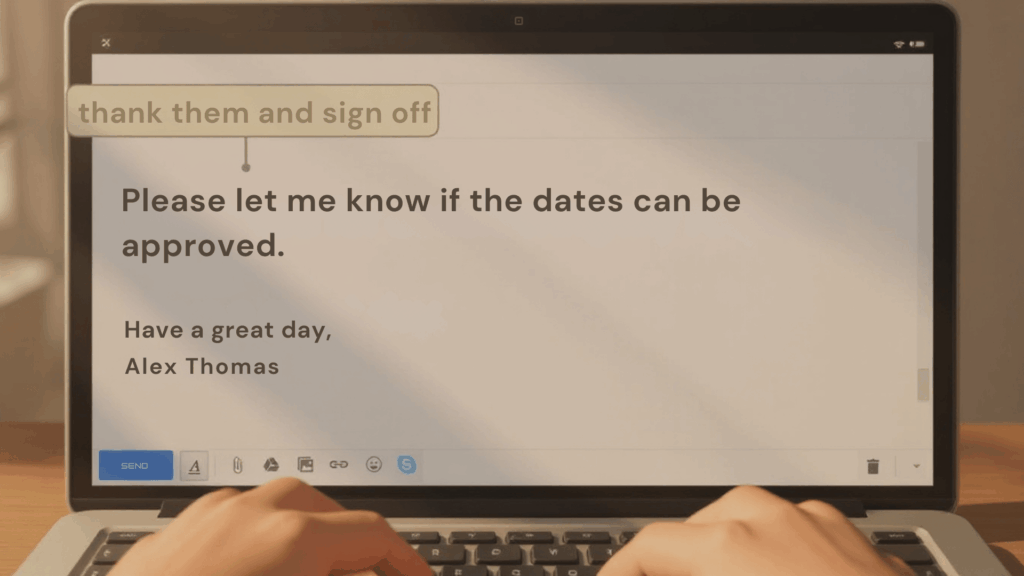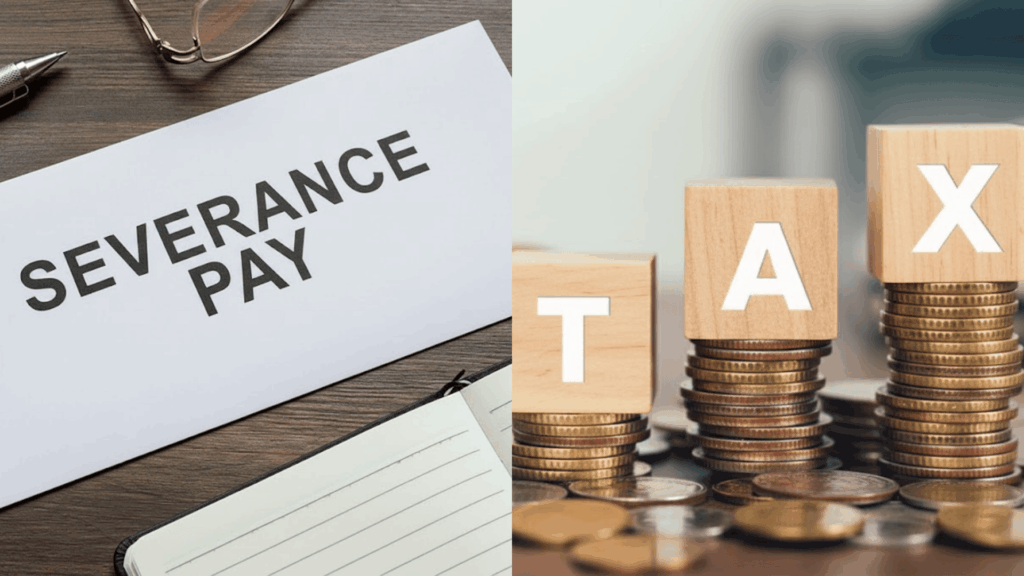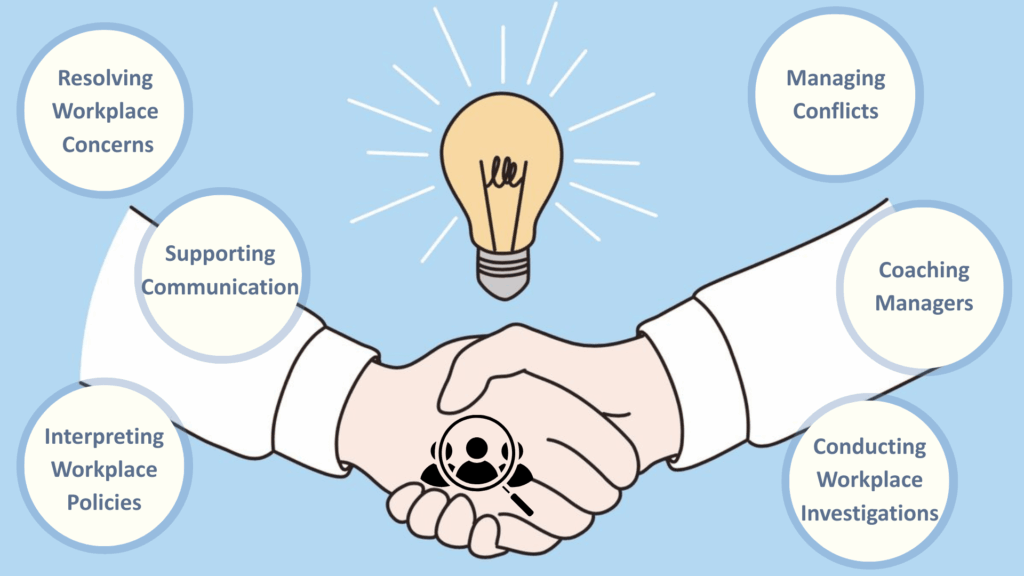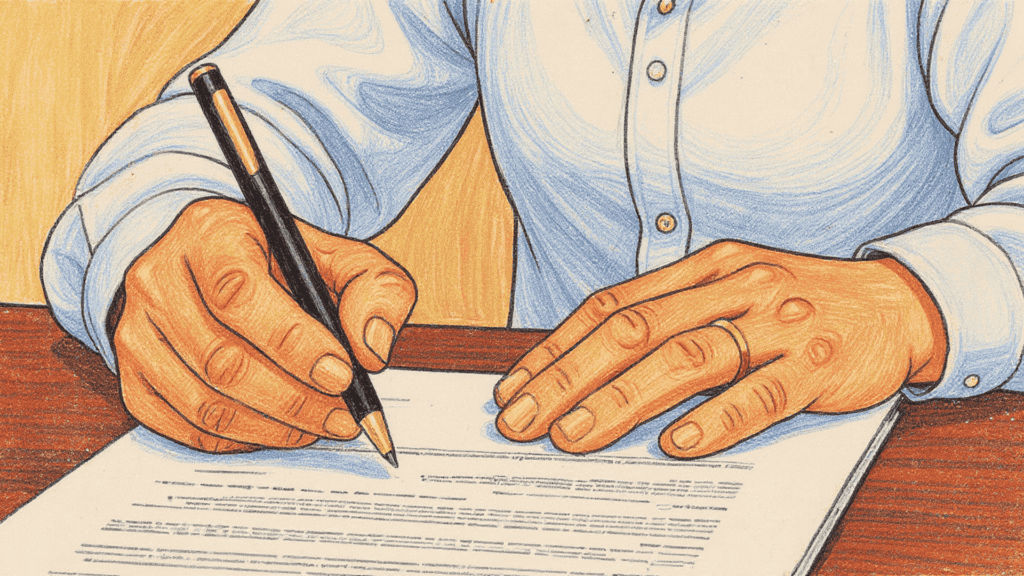Every year, thousands of experienced workers lose job opportunities simply because of their age.
Understanding what qualifies as age discrimination can help you recognize when employers make unfair decisions based on your age rather than your skills.
This article covers the legal basics, signs of age discrimination to watch for, and real cases where workers successfully fought back.
These insights can help you identify workplace bias and understand the legal protections available.
By the end of this post, you’ll have the knowledge to protect your career and take action if needed.
Age Discrimination Definition
Age discrimination occurs when an individual is treated unfairly due to their age.
In most cases, this refers to discrimination against people who are 40 years of age or older, but laws also provide protections for individuals at any stage of life in certain cases.
In the United States, the Age Discrimination in Employment Act (ADEA) was passed in 1967.
It is the cornerstone legislation that protects workers aged 40 and older from age-based discrimination in employment.
Similar laws exist for other sectors, such as housing and public services, where age bias can also occur.
What Qualifies as Age Bias Under the Law?
Both older and younger employees can face unfair treatment based on their age rather than their skills or performance.
While federal laws mainly protect workers 40 and older, age bias impacts people throughout their careers in different ways.
This law applies to private companies, government agencies, and unions with 20 or more employees.
The Age Discrimination in Employment Act (ADEA) makes it illegal for employers to make employment decisions based on age.
It covers various aspects, including hiring, firing, promotions, compensation, and benefits.
The law prohibits treating an employee or applicant unfairly because of their age, unless there is a legitimate, non-discriminatory reason.
10 Signs of Workplace Age Bias to Watch For
Spotting this type of bias can be tough because it often happens subtly.
Pay attention to how older employees are treated compared to younger colleagues in similar roles.
1. Biased Language in Job Postings or Internal Messaging
Words like ‘recent graduates’ might seem harmless, but they actually keep older workers from applying.
Words like “young team” or “fresh energy” send the same message as “no worker above 40.”
Examples:
- Internal emails referring to “new blood” in the team.
- Meeting invites that exclude senior staff from innovation sessions.
2. “Overqualified” Used as a Cover Up
Getting told you’re “overqualified” can feel weird.
Often, this is just a nice way of saying “you seem too old.”
If you want the job and can do it, being “too good” shouldn’t matter.
Examples:
- You’ve shown a clear interest in the role
- The salary fits your needs and expectations
- You meet all the listed requirements perfectly
3. Limited Access to Training, Mentoring, or New Technologies
When companies believe older workers can’t adapt to new technologies, they often offer growth opportunities exclusively to younger staff, leaving older employees with fewer chances to improve their skills.
Examples:
- Tech training offered only to “junior staff”
- Mentoring programs that exclude experienced employees
- Leadership development is restricted by unofficial age limits
4. Skipped for Promotions Despite Qualifications
You get good reviews, have years of experience, and know how to do the job well.
But somehow, newer workers with less experience keep getting promoted ahead of you.
When this keeps happening, it might not be about your skills.
Examples:
- Younger colleagues with weaker track records consistently move up
- Promotion reasons seem vague or unclear
- You’re told you’re “not the right fit” without a clear explanation
5. Exclusion from Social or Informal Networks
Not getting invited to team drinks or lunch meetings might seem small, but these casual times often matter most.
Big decisions get made over coffee, and friendships formed after work can help careers more than any review.
Examples:
- Consistently missing invitations to team events
- Being left out of informal decision-making discussions
- Younger employees forming exclusive social groups at work
6. Pressure to Retire or Be Less Visible
Comments like “don’t you want more time with grandkids?” or “you’ve earned a rest” might sound nice, but they’re often hints to leave.
When managers start telling you to slow down for no clear reason, pay attention.
Examples:
- Reduced responsibilities without explanation
- Being moved away from high-visibility projects
- Suggestions about “taking it easier” when your performance is fine
7. Shifting Performance Expectations or Standards
All of a sudden, your work isn’t good enough, even though nothing really changed?
When older workers face harder rules or higher bars than younger coworkers.
It often shows bias rather than real work problems.
Examples:
- Stricter deadlines that only apply to you
- More detailed reviews than other employees receive
- Sudden changes to job requirements that seem targeted
8. Disproportionate Layoffs or Demotions
During company cuts, notice who gets let go first.
It might be more about age and money than actual work quality.
Companies sometimes use economic downturns to eliminate older employees under the guise of cost-cutting.
Examples:
- Performance-based explanations that don’t match actual reviews
- Younger workers with similar roles and pay remain untouched
9. Young Worker Bias and Stereotyping
Age bias doesn’t only affect older workers, but young employees often face unfair treatment too.
Being dismissed as inexperienced or unreliable simply because of their age, rather than their actual abilities or work quality.
Examples:
- Being told you’re “too young” for leadership roles, regardless of qualifications
- Getting assigned only basic tasks while missing growth opportunities
- Facing comments like “you need to pay your dues first” without clear advancement paths
10. Pay / Perks / Benefit Disparities
Your younger coworker gets a bigger raise even though you do similar work.
When pay gaps can’t be explained by work quality or experience.
Age bias might be the real reason.
Examples:
- Newer employees receive better benefits packages
- Bonus opportunities are offered selectively by age
- Salary increases that favor younger workers without a clear justification
Famous Cases of Age Discrimination
These real court cases show how workers successfully fought back against workplace age bias and won.
Here are examples of age discrimination in the workplace that resulted in successful legal outcomes.
1. Google Class Action Settlement $11 Million
Google paid $11 million to settle a class action lawsuit involving 227 job applicants over age 40.
The plaintiffs claimed Google systematically refused to hire older workers.
Often, using terms like candidates weren’t a good “fit” to mask age bias.
Each plaintiff received around $35,000, and Google had to implement age diversity training and create oversight committees.
2. Fischer Connectors $460,000 Settlement
Fischer Connectors fired their HR director as part of a plan to replace all older management with younger workers.
The CEO made dozens of age-related comments about employees.
Saying he wanted to build a “younger workforce.”
The company paid $460,000 in damages and had to train all employees on age bias laws.
3. Young Worker Harassment Case
In Roberts v Cash Zone, a young employee won her case after her manager repeatedly called her a “kid” and described her as a “stroppy teenager.”
The court ruled these age-related comments created a hostile work environment based on her youth.
This case shows that young age discrimination examples can also result in successful legal action.
Things that Made These Cases Successful
- Strong documentation of age-related comments and emails
- Statistical evidence showing patterns of bias
- Witness testimony from coworkers
- Clear comparisons with how different age groups were treated
- Legal representation that understands workplace bias laws
Steps to Take if You Suspect Age Discrimination
Facing age bias at work can feel overwhelming.
Taking clear steps helps protect your rights and strengthen your position.
-
Keep records and report internally: Save emails and notes. Then raise concerns with HR or official channels to document issues and allow early resolution.
-
File a complaint and seek legal support: If internal action fails, file with the EEOC, and consult a lawyer who can explain rights, assess claims, and protect careers.
-
Reach out for support networks: Connect with professional associations, employee groups, or mentors who provide guidance, encouragement, and useful resources throughout the process.
-
Stay informed about workplace rights: Learn about laws like the ADEA and local protections, so you recognize unfair treatment and know how to respond effectively.
How Employers Can Prevent Such Bias?
Employers can take specific actions to create fair workplaces and protect against discrimination claims.
The role of employers in preventing age discrimination is huge, and they should ensure a healthy, non-biased environment:
- Use Neutral Job Postings: Write postings that highlight skills and qualifications rather than age
- Provide Equal Training: Make training opportunities available for all employees, regardless of age
- Review Promotion Practices: Base promotion decisions on measurable performance and outcomes
- Encourage Mixed Age Teams: Build groups with varied age ranges to strengthen teamwork
Conclusion
Age discrimination can quietly affect careers.
Recognizing these signs and understanding legal protections gives employees the strength to respond with confidence.
Knowing what qualifies as age discrimination helps workers protect themselves and take action when needed.
If you suspect unfair treatment, act early and know support is available.
Share this with someone who may be facing the same situation and help them protect their career, too.
Frequently Asked Questions
How Long Do I Have to File an Age Bias Charge?
Most workers have 180 days to file an age discrimination charge. However, in certain states, this deadline is extended to 300 days, allowing more time to take action.
Am I Protected from Retaliation if I Report Age Bias?
Yes, employees are legally protected from retaliation. Employers cannot punish employees for filing complaints, participating in investigations, or engaging in other protected activities related to age discrimination.
What Makes an Age Claim Waiver in a Severance Valid?
To be valid, an age discrimination waiver in a severance agreement must comply with the Older Workers Benefit Protection Act (OWBPA), ensuring it includes clear language, proper disclosures, and a reasonable review period.
What Remedies Can Be Awarded in ADEA Cases?
In ADEA cases, employees may be awarded back pay, and if the employer’s violation was willful, the employee may receive additional liquidated damages equal to the amount of lost wages.










